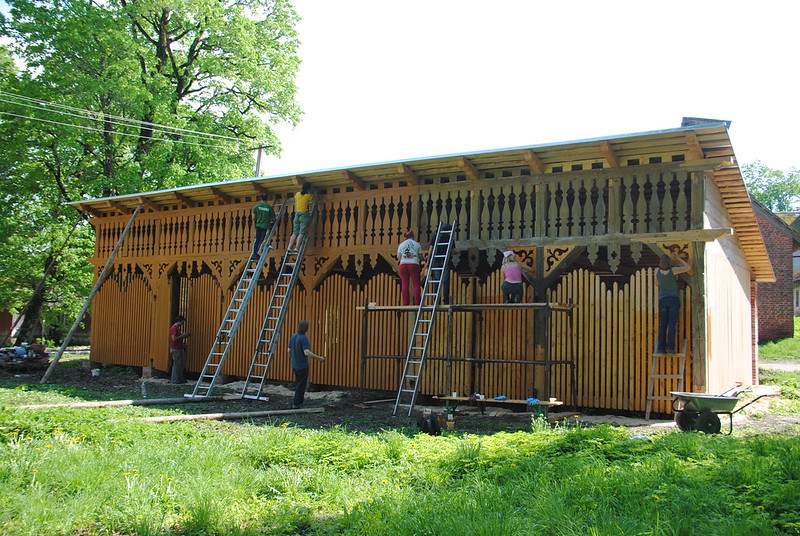Programme for owners of rural buildings in Estonia
The Estonian Open Air Museum was established in 1957 on a single site near Tallinn, with the reconstruction of an 18th-century rural/fishing village, complete with church, inn, schoolhouse, several mills and a collection of farm buildings from all over the country. But in 2008 the Museum decided to radically broaden its horizons: it embarked on a programme of training for owners of heritage rural buildings throughout the country. The majority of Estonian farm architecture are not listed monuments, and their preservation remains solely the responsibility of the owners. People in rural areas need practical advice, with examples to follow, in how to renovate their old rural properties.
In organizing different training courses and similar activities, the museum has thus grown from its original territory and extended its activities throughout the nation. Special courses are based on case studies where participants can learn by doing, and thus contribute with their work to the preservation and future maintenance of the vernacular architecture of the different regions. In the years since its foundation, the Museum has organised more than 80 practical training courses for over 1700 participants.

Across Europe, owners of authentic homes which are not officially listed are often left to their own devices for maintenance and restoration. The Jury were therefore pleased to proclaim this Museum’s initiative to help owners of traditional rural houses in Estonia with practical hands-on training as an example to the rest of Europe. It helps not only to preserve traditional building skills and use of traditional materials, but promotes the integration of modern technology to adapt houses for the 21st century. The fact that over the years so many homeowners have participated is proof of the programme’s practical success.
More information
evm.ee/eng/centre-of-rural-architecture
maaarhitektuur.blogspot.com
